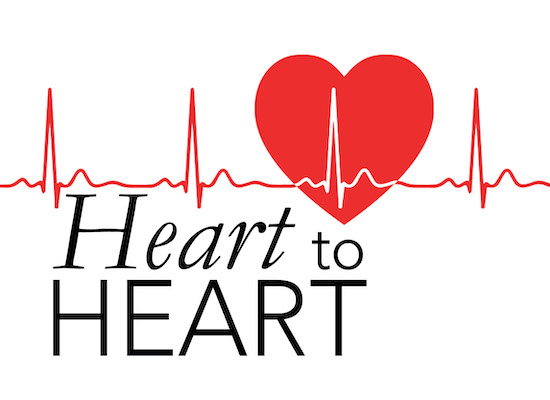
By Renato G. Ramos, M.D.
Heart Disease is a timely but broad topic. We will cover as much of Coronary Artery Disease as we can. The death rate from cardiovascular disease (CVD) in middle age (45-64yrs) population is rising in many areas of the country, even in the so-called “fit” states. This maybe attributable to changes in the modifiable risk factors for CVD: rising Obesity rate, rising Diabetes rate, untreated High Cholesterol, untreated or poorly treated Hypertension, increased Stress, lack of Exercise.
Another factor I will add is DENIAL: not considering you may have Heart Disease. Being fit lowers your risk but does not confer immunity from heart disease and may give you a false sense of security and delay seeking proper evaluation and treatment for primary prevention. All risk factors are modifiable, except your genes, to a varying degree but require sacrifice, self-control, determination and compliance. The benefit can be a longer life free of heart disease.
Most middle age people have plaques in their coronary arteries. The plaques maybe too small to restrict blood flow, so they do not cause symptoms, however, smaller (younger) plaques are more vulnerable to rupture on the surface (intima) which precipitates clot formation over the plaque obstructing the flow of blood resulting in an acute heart attack or worse, sudden death. There is no clear explanation for plaque rupture.
Older patients tend to have bigger (mature) plaques, hence more likely to partially obstruct flow and cause chest pain. They are also less likely to rupture. Statins are the most effective cholesterol lowering drugs. They may help prevent plaque formation, slow progression and may lessen the likelihood of plaque rupture. The lower the total and bad (LDL) cholesterol the better. There is no known downside to a very low cholesterol. The problem with statins is many patients cannot tolerate them because of muscle aches side effect. There are 2 new injectable alternative cholesterol lowering drugs (Praluent & Raptha) but wider use is limited by the cost.
If you are one that eventually suffers a heart attack, the good news is the death rate when treated with PTCA/Stents (procedures we pioneered at Beaumont) is down to around 3% or less. Or if lucky enough to be warned of your heart disease with typical chest pains, you can also be treated medically, percutaneously (stents) and surgically (bypass) or combinations with pretty good outcomes. Heat disease is not a death sentence but requires risk factors modification and Optimal Medical Therapy, as well as revascularization when necessary for long survival.
In closing, I wanted to reemphasize the following:
 About Renato G. Ramos, M.D.
About Renato G. Ramos, M.D.
Senior Cardiologist with over 50 Years Experience
Emeritus Director, Cardiac Catheterization Laboratory
William Beaumont Hospital, Royal Oak